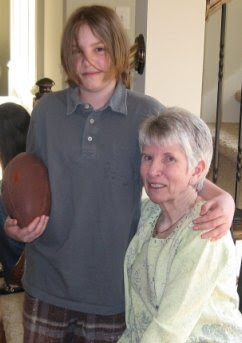
GENEVA (Reuters) – Scientists operating the "Big Bang" particle collider at CERN could solve the mystery of what gives mass to matter during a nearly two-year non-stop run lasting until late 2011, a spokesman said on Wednesday.
James Gillies told Reuters the long-sought but elusive Higgs Boson particle could well appear during the extended experiment after the world's biggest and most expensive scientific machine is turned on again later this month.

"If it is there, we have a reasonable chance of seeing it," said Gillies, referring to the particle which Scots physicist Peter Higgs said three decades ago would explain how matter came together and created the universe and everything in it.
Gillies said the 18-24 month operation of the machine, the Large Hadron Collider (LHC) at CERN, the European Organization for Nuclear Research on the Swiss-French border near Geneva, would produce a huge amount of information.
Even if the Higgs Boson was not revealed, it would not mean that it did not exist. After the first long run and a year's break for preparations, the LHC would be turned on again at the highest possible energy level.
"It may be that we require that intensity to capture it," Gilles added.
The LHC was first turned on in September 2008 but had to be shut down after a huge explosion in the 27-kilometre (16.78 mile) circular tunnel through which it runs deep underground. The focus of the LHC is the collision of particles moving in opposite directions at high energy.
The billions of collisions, each creating conditions that existed a minute fraction of a second after the "Big Bang" when the universe began 13.7 billion years ago, will produce data that some 10,000 scientists at CERN and around the world will record and analyze.
The matter spewed out by the primeval explosion eventually produced the stars, planets and life on Earth -- but the Higgs theory says this was only possible if something like the Boson brought matter together, giving it mass.
The LHC ran for some two months at the end of last year, staging particle beam collisions in the tunnel at an energy up to 2.36 tera-electron volts (TeV), the highest ever achieved.
The next, long run with no winter break was decided at a meeting of CERN physicists, engineers and managers in Chamonix, France, last week. Gillies said the collision energy would be turned up gradually to 7 TeV when it got under way.
Toward the end of next year, the collider will be closed down again for up to 12 months, allowing engineers to prepare the tunnel and the huge amount of equipment there for collisions at 14 TeV in the following run, probably starting in 2013.
(Editing by Jonathan Lynn and Tim Pearce)





















No comments:
Post a Comment
Please feel free to leave a comment!
Comments will be reviewed and have the opportunity for posting.
Thank you for your thoughts!!